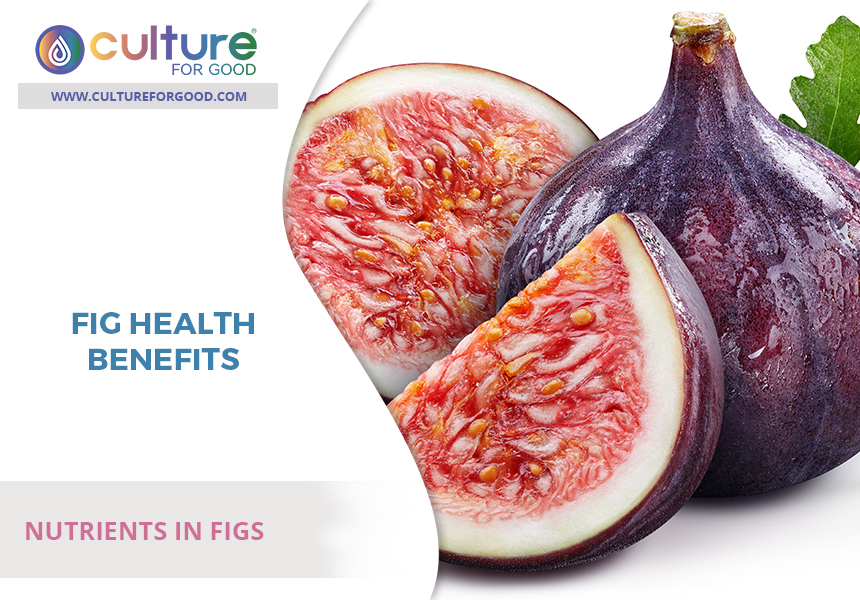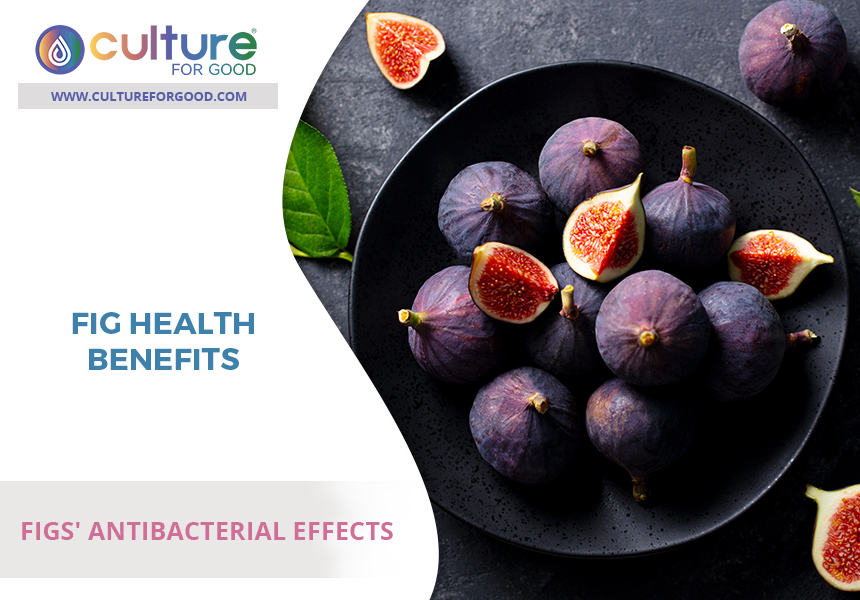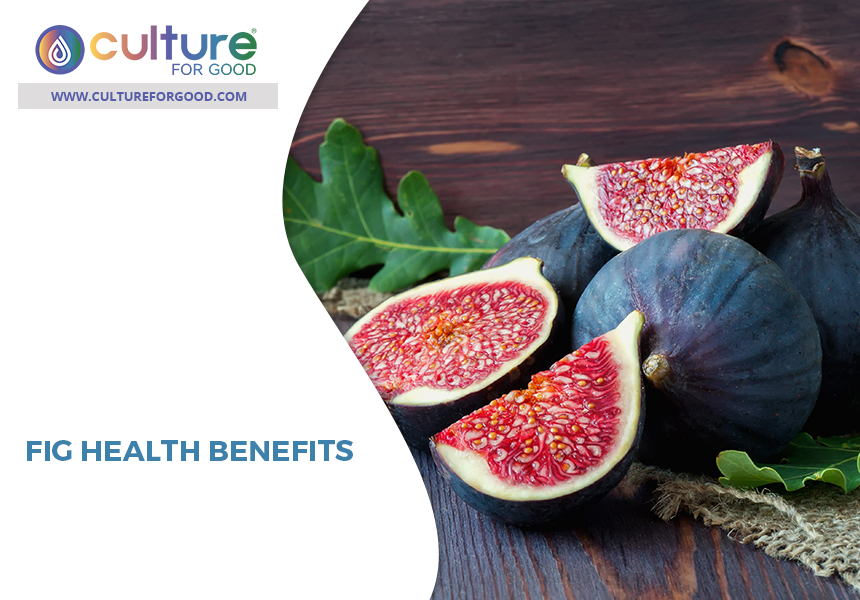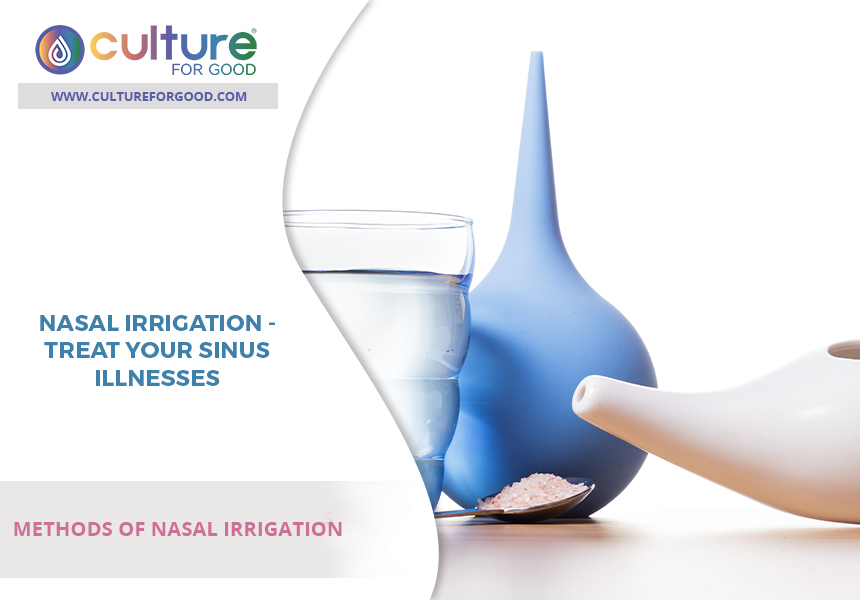Limes For Health
Are you looking to improve your health? Or are you just curious about how citrus fruits can benefit you? There’s a lot to learn about limes.
Below, you’ll discover what they are. Learn how they differ from lemons. We’ll also talk about how you can incorporate them into your diet.
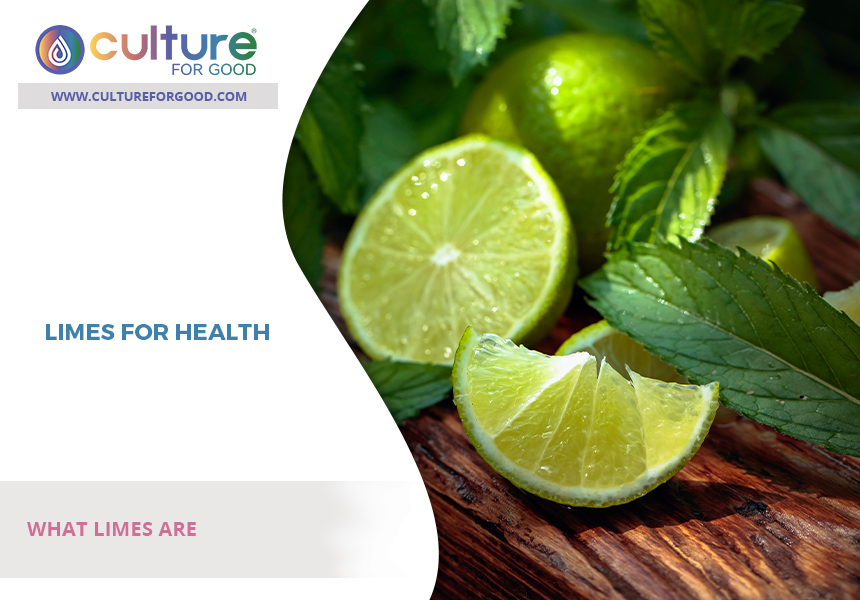
What Limes Are
Limes are a type of citrus fruit that is smaller than lemons but with a stronger flavor. They range in size from one to two inches in diameter. They have a thin, smooth rind.
The flesh inside is greenish-yellow and juicy. It has a tart taste. Many people find this appealing when used in recipes or as garnishes.
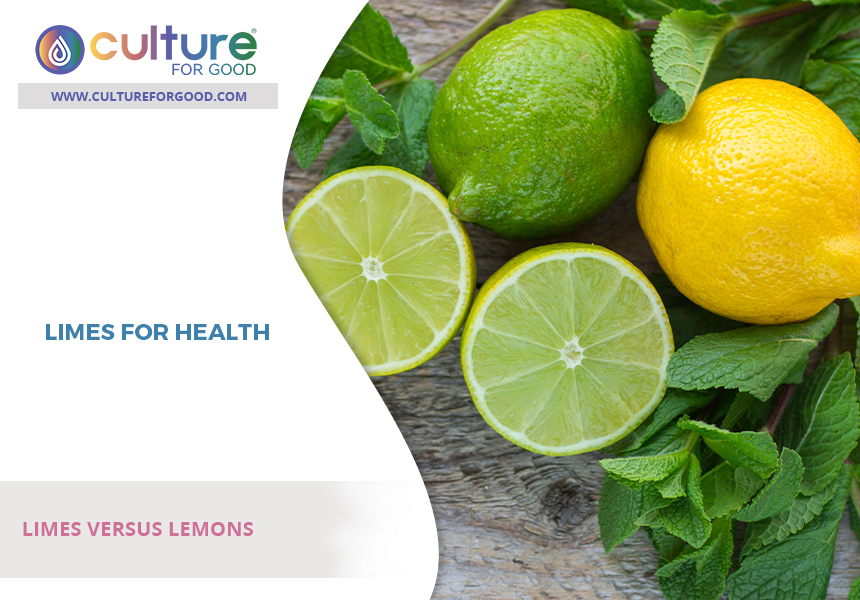
Limes Versus Lemons
Depending on your taste, lemons and limes can be used in different ways. They are both excellent sources of vitamin C and antioxidants. They can also be used as antibacterial elements in natural healing. These fruits are often used for cooking and aromatherapy.
Both of these citrus fruits contain flavonoids. These plant compounds have been found to have antioxidant and cardiovascular health benefits. They may also reduce the risk of cancer. They are also known to improve weight control.
The most notable difference between the two fruits is that limes tend to be less sweet. This makes them a good choice for adding a bit of tang to drinks. They can also be added to smoothies or juice blends.
Both citrus fruits are high in citric acid. This makes them a healthy choice for reducing blood glucose levels. The acid also helps the body digest starches more slowly. It is also known to prevent kidney stones. The sourness of these fruits depends on the pH level.
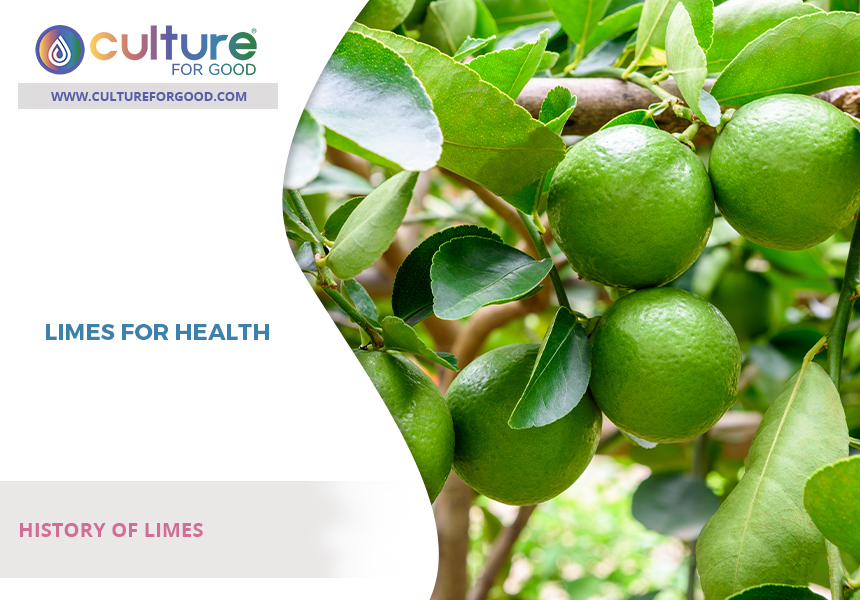
History Of Limes
Among the citrus family, limes have long been used as an ingredient in food and drinks. They are a cross between a mandarin orange and a pomelo and are widely grown throughout the world. It is important to understand that while limes are generally safe for most people, excessive consumption can damage the enamel on the teeth. It is recommended that you consult a doctor if you experience any negative reactions to limes.
As a result of their antimicrobial and antispasmodic properties, limes have been used to treat respiratory illnesses, such as coughs and colds. They are also believed to help protect against kidney stones. They have been a part of traditional cultures since ancient times.

Lime Health Benefits
Besides their amazing flavor and smell, limes are loaded with antioxidants and other important vitamins; these nutrients may help prevent heart disease, strengthen the immune system, and promote healthy skin. They also aid digestion and are an effective natural cleaning agent. Lime juice has antibacterial properties, making it an effective disinfectant; it can also be used for treating urinary tract infections. Citrate in lime juice has been shown to dissolve kidney stones. It also has been shown to reduce cholesterol levels.
Limes, like most citrus fruits, are rich in vitamin C. Vitamin C helps strengthen the immune system and improve iron absorption, which can help prevent anemia. It can also increase metabolism, which can improve the body’s ability to burn calories. A boost in immunity can shorten the duration of colds and flu. It can also promote healthy skin and fight off respiratory infections.
Limes also contain large amounts of antioxidants, which help fight free radicals. Free radicals are harmful molecules that can damage cells and membranes. Therefore, it is important to take in foods that contain antioxidants.
Limes are also an excellent source of the minerals copper and potassium. Copper is a nutrient essential for red blood cell production and also supports the bones and nerves. Potassium promotes healthy blood circulation. Lime also has limonin glucoside flavonoids, which have antioxidant and detoxifying properties, and they lower blood pressure and promotes the absorption of iron from foods.
It is also a great source of pectin, which is a type of fiber that is useful in stabilizing blood sugar levels; it is a helpful addition to salads, soups, and other culinary recipes. It also has astringent properties. This helps tighten loose muscles and joints. It can also be used for skin problems, such as acne. The vitamin C and magnesium in lime help strengthen the collagen in the skin.
Even the peels and rinds of limes are full of benefits. The peel contains essential oils and flavonoids. The oil can help clear up a blockage in the urinary tract caused by calcium and enhance parasite clearance in malaria. The rind of lime contains a volatile oil that helps improve digestion; it also acts as an antispasmodic. This is beneficial for treating colds, sore throats, and other digestive ailments.
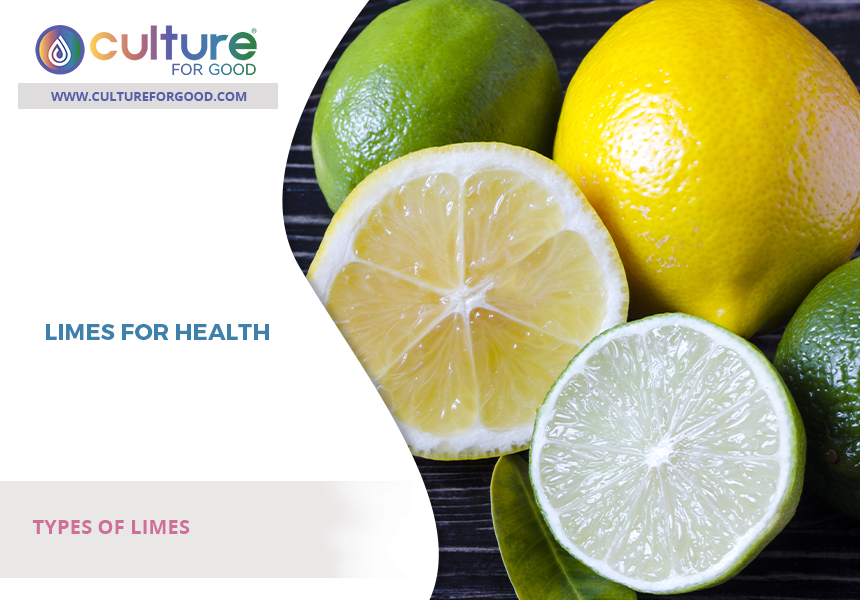
Types Of Limes
There are wide varieties of limes, including blood lime, Mexican lime, and Key lime. They come in different shapes, sizes, and colors. You can find limes in the produce aisle of your local grocery store. The most common type of lime in the United States is the Persian lime. This type of lime is small and round with a pale green color and a tart flavor.
The Mexican lime is similar to the Persian lime, but it is slightly larger and more yellow in color. The Key lime is smaller than the Persian lime and has a bright yellow-green color. It has a very tart flavor and is often used to make Key lime pie. The blood lime has a reddish-purple color and a sweet smell. This type of lime is often used in cocktails as well as desserts.
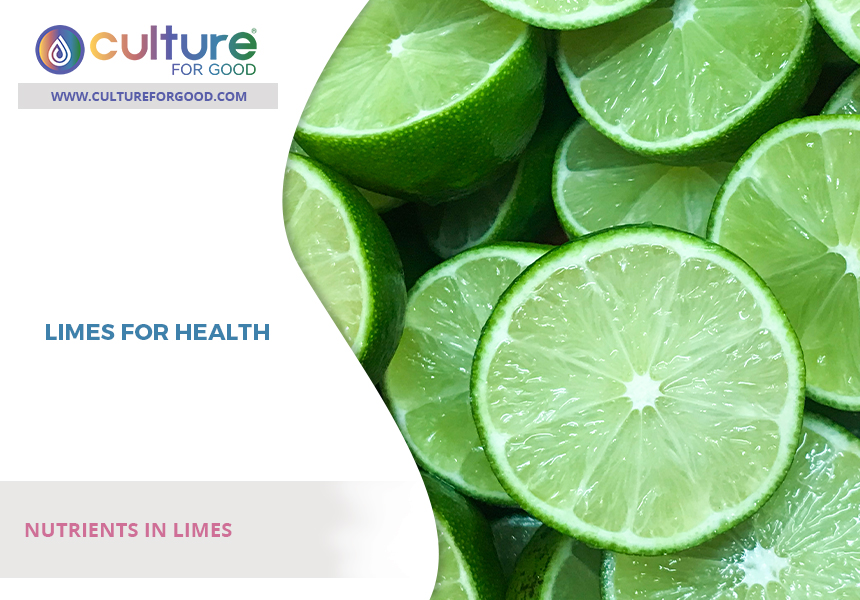
Nutrients In Limes
Several citrus fruits have been shown to benefit health, including limes. This is because they contain limonoids, a family of compounds that have antioxidant properties. These antioxidants can help reduce the risk of some cancers. Some studies have also linked vitamin C with reducing high blood pressure and promoting heart health.
The health benefits of eating fruit like limes are many. It’s full of vitamins, antioxidants, and minerals. It’s also low in calories, which makes it easy to incorporate into your diet. It can also add a tangy, tart flavor to your food. It’s also a good source of fiber, making it a tasty snack.
Another advantage of eating citrus fruits is that they are rich in flavonoids. These antioxidants work with vitamin C to protect cells from free radical damage. This helps prevent cancers, heart disease, and diabetes. It also stimulates collagen production, which keeps your skin strong and elastic.
Other nutrients found in limes include magnesium, copper, and phosphorus. These are important for muscle function and blood health. They can also help prevent kidney stones.
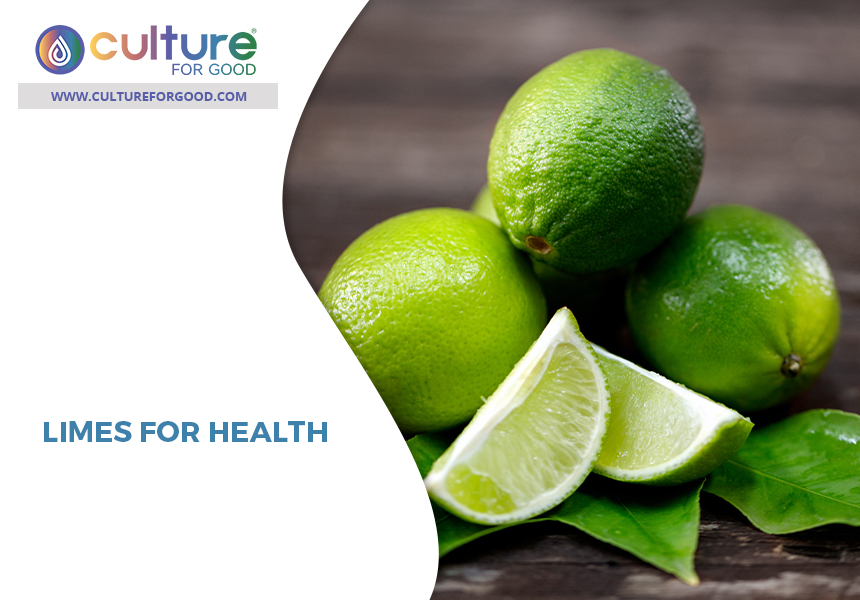
Limes are an excellent addition to any diet. Not only do they have a delicious flavor, but they also contain many vitamins and minerals that can help promote good health. They are low in calories yet provide essential nutrients.
Their anti-inflammatory properties can help reduce the risk of some diseases. Regularly eating limes is one way to ensure that you get your daily dose of vitamin C as well as other essential vitamins and minerals. It’s an easy way to boost your health.



